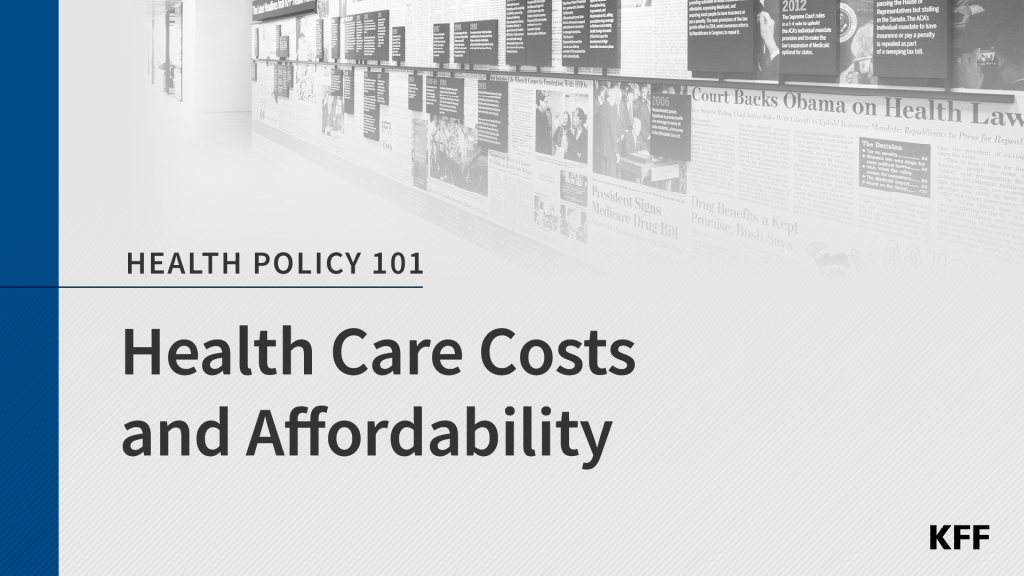Medicare and Medicaid at 50
With Medicare and Medicaid turning 50 this year, this updated video provides a brief history of both programs, including: an examination of the health care, social and political landscape that gave rise to them, the significant ways each program has evolved over five decades, and the important roles they play in the U.S. health care system. The video includes archival footage, as well as commentary and perspective from policymakers, government officials and experts.
